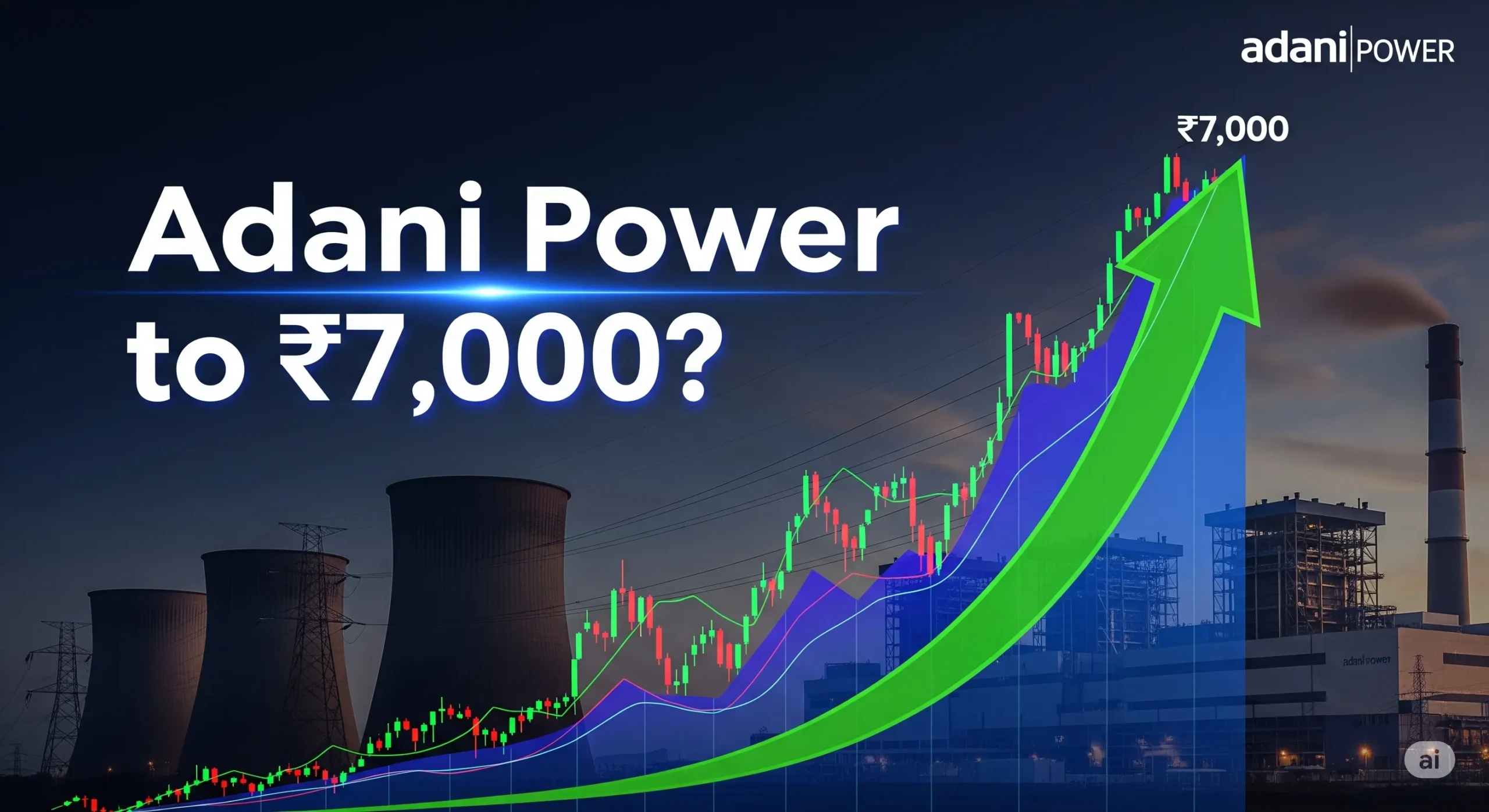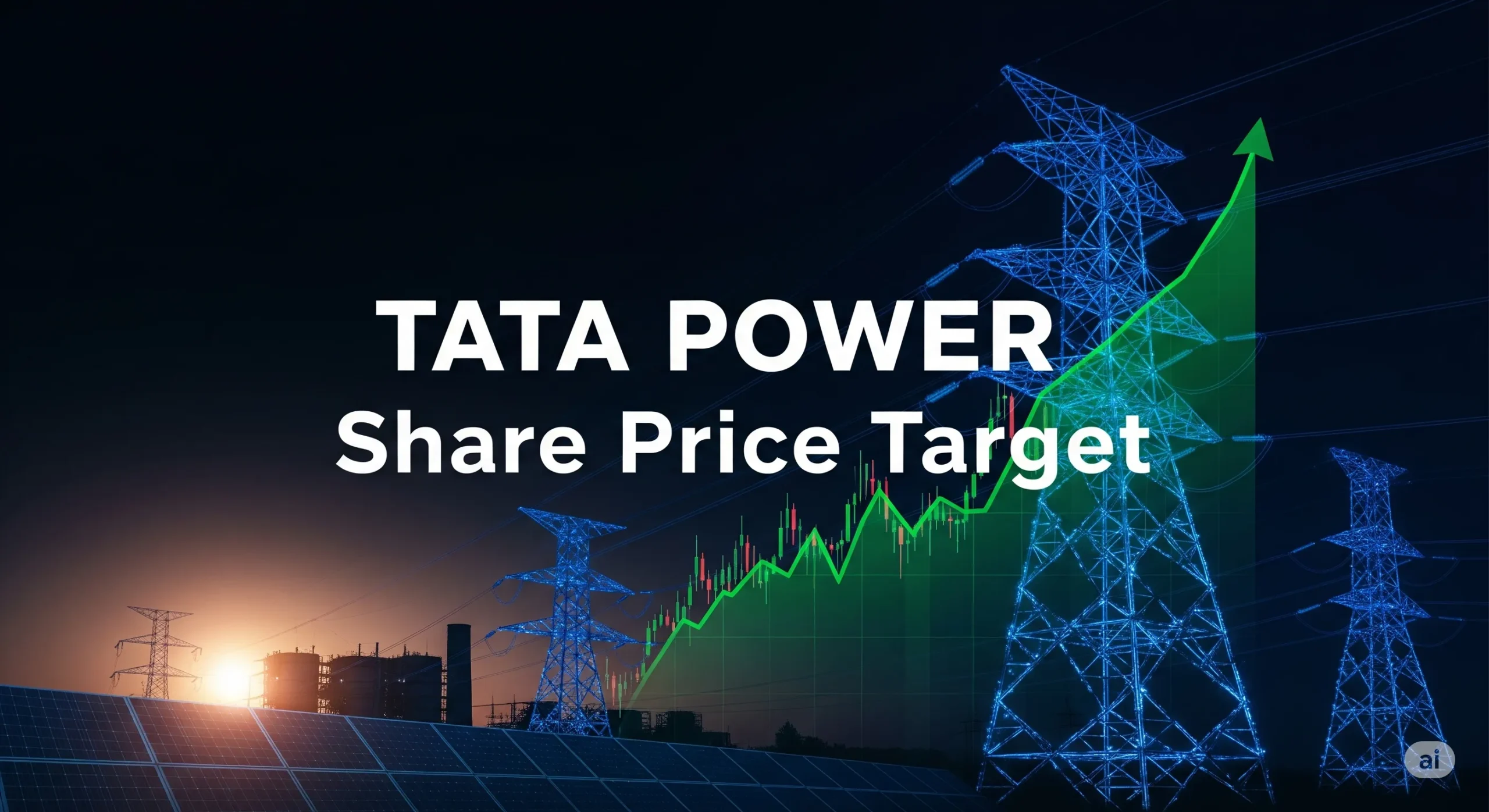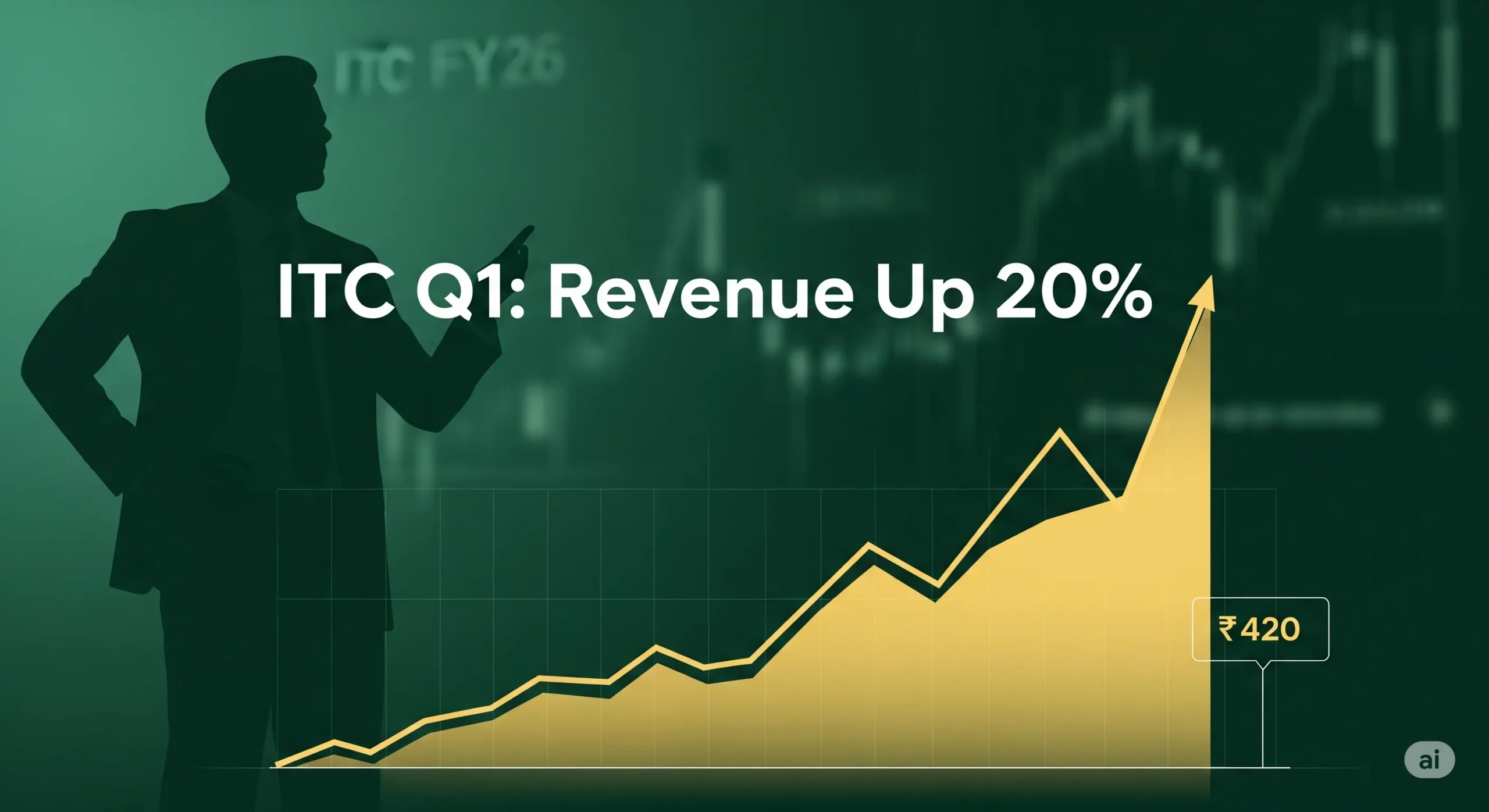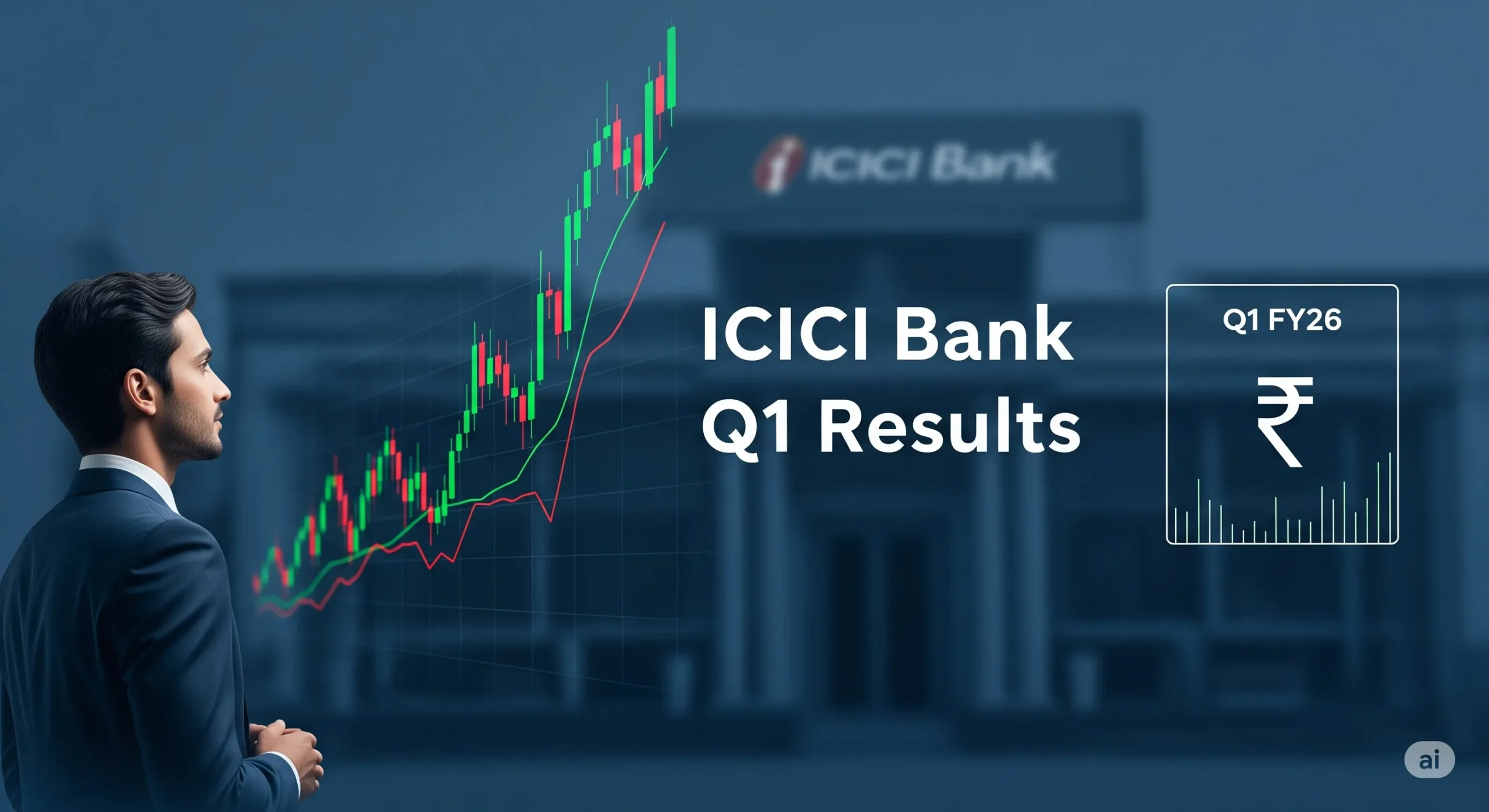Adani Power Ltd, a key player in India’s private power sector with over 17,500 MW of capacity, is making headlines again. After a slight dip in Q4 FY25 profits due to tariff and cost changes, the company delivered a strong comeback in Q1 FY26 with an impressive 16× jump in net profit. With major expansion plans, new acquisitions, and rising electricity demand across India, Adani Power is gaining attention as a potential long-term winner.
As India continues to grow, the need for electricity is only getting bigger—across homes, factories, and infrastructure. Adani Power is expanding its capacity to meet this demand and investing in newer technologies and strategic assets. With strong financial recovery and sector tailwinds, many investors are now wondering: Can Adani Power reach ₹7,000 by 2050? This article takes a closer look at its share price targets, growth potential, and what investors should know.
About the Company
Founded in 1996 and headquartered in Ahmedabad, Adani Power focuses on generating and supplying thermal and solar energy. With approximately 15,250 MW of operational thermal capacity and an additional 40 MW of solar, the company holds long-term power purchase agreements (PPAs) with several Indian states. Notably, it’s also working on the 1,600 MW Godda Ultra Mega Power Project (UMPP), expected to enhance its global footprint.
Fundamental Analysis of Adani Power Ltd
Q4 FY25 Highlights
- Revenue: ₹14,522 Cr, a 5.3% year-on-year increase
- Net Profit: ₹2,599 Cr, down 5% YoY, mainly due to lower merchant tariffs and higher operating costs
- Volume: Power volumes rose by nearly 19%, signaling steady demand
Q1 FY26 Performance
- PAT (Profit After Tax): ₹8,759 Cr, a massive jump due to regulatory income recognition and logistics benefits
- Revenue: ₹15,509 Cr
- EBITDA: ₹10,618 Cr, indicating strong operational performance
- Other Income: Spiked significantly because of favorable regulatory rulings
These numbers show a company that knows how to weather short-term fluctuations and bounce back stronger.
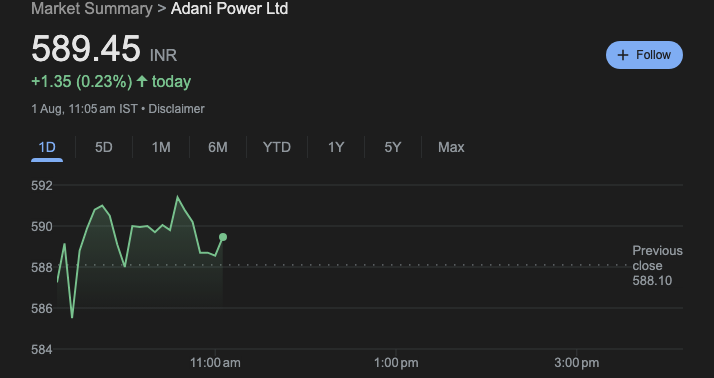
Past Stock Performance
- Current Price (July 2025): ₹560–590
- 52-Week Range: ₹430 (low) to ₹752 (high)
- Latest Action: Shares surged 4% on July 29, 2025, after the board proposed a stock split—signaling potential shareholder-friendly actions
Investors are increasingly interested in power stocks, especially as India’s infrastructure and energy needs grow.
Adani Power Share Price Target Forecast 2025–2050
| Year | Min Target (₹) | Max Target (₹) |
|---|---|---|
| 2025 | 570 | 670 |
| 2026 | 630 | 740 |
| 2027 | 700 | 830 |
| 2028 | 850 | 950 |
| 2030 | 1,200 | 1,400 |
| 2035 | 1,600 | 2,200 |
| 2040 | 2,500 | 3,500 |
| 2045 | 3,500 | 5,000 |
| 2050 | 5,000 | 7,000 |
Analyst Expectations
- Average 1-Year Target (3 Analysts): ₹633.7
- TradingView Median Forecast: ₹671.20 (Range: ₹601–806)
- InCred Equities (May 2025): ₹649 with an ‘Add’ rating
These numbers suggest a steady short-term climb with significant long-term upside if expansion and policy support continue.
Growth Drivers
- Aggressive Expansion Plans
With the Vidarbha asset acquisition, Adani Power’s total capacity rose to ~18,150 MW. It aims to reach ~31 GW by 2030, cementing its leadership in the private power space. - Tariff Revisions
Adani Power could benefit from potential revisions in PPA and merchant tariffs—boosting revenue and profits. - Regulatory Gains
Q1 FY26 saw a huge surge in other income, thanks to favorable regulatory decisions—expected to have a recurring positive impact. - Leverage Management
Despite capital-intensive operations, improved earnings are supporting debt servicing and liquidity, keeping financial health intact.
Expert Views & Analyst Commentary
- InCred Equities: Recently initiated coverage with a positive outlook, citing improved business visibility in thermal operations
- Consensus from Analysts: Average target in the ₹630–650 range, backed by strong operating fundamentals
- TradingView Analysts: Bullish sentiment with potential for over 20% near-term upside
Analysts view Adani Power as a strategic play in India’s energy transition with clear upside potential.
Risks & Challenges
- Tariff Fluctuations
As seen in Q4 FY25, profit margins can be hit hard if merchant tariffs drop—even with higher volumes. - Regulatory Risks
Changes in government policy, especially around power purchase agreements or carbon norms, could impact cash flows. - Capex Pressure
The company has to ensure its new plants achieve good Plant Load Factors (PLF) for profitability. - Valuation Sensitivity
Much of the stock’s upside depends on steady execution. If expansion plans falter or costs rise, price targets may need downward revision.
Investment Suitability
Ideal for:
- Long-term investors betting on India’s growing energy demand
- Those looking for exposure to infrastructure or utility sectors
Not Ideal for:
- Short-term traders or investors sensitive to high volatility
- Conservative investors looking for regular dividends (as yields remain low)
FAQs of Adani Power Ltd
Q1. What is the current analyst price target for Adani Power?
Analysts on average expect ₹633.7 in the near term, with higher estimates touching ₹690.
Q2. Can Adani Power reach ₹700 by 2026?
Yes—if regulatory clarity continues and expansion plans remain on track, ₹700 is achievable.
Q3. Why was Q1 FY26 profit so high?
The surge was due to one-time regulatory income and integration efficiencies.
Q4. Is it realistic for Adani Power to hit ₹1,400 by 2030?
Yes—if power demand remains strong, and the company delivers on planned capacity expansions, ₹1,200–1,400 is very achievable.
Conclusion
Adani Power is moving forward with strong growth, backed by solid results, new projects, and support from India’s rising power demand. While there are some risks, the company’s long-term journey looks promising. If it continues on this path, Adani Power could offer big returns for patient investors—maybe even reaching ₹7,000 by 2050.
